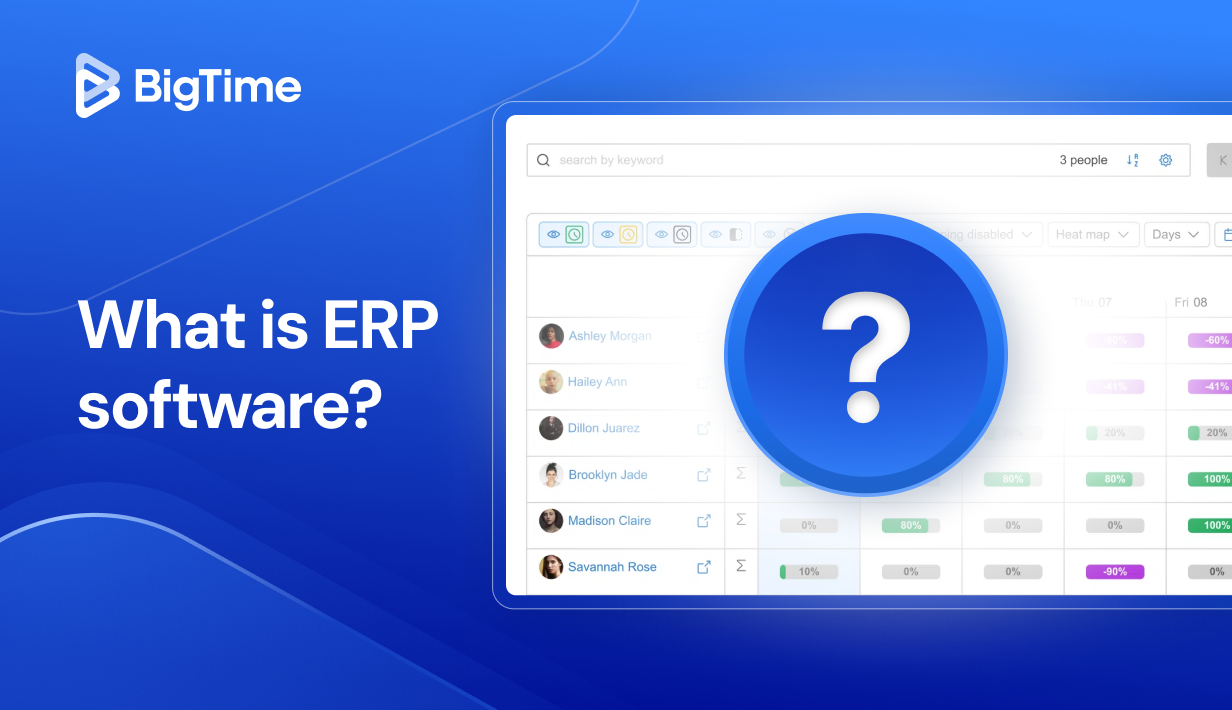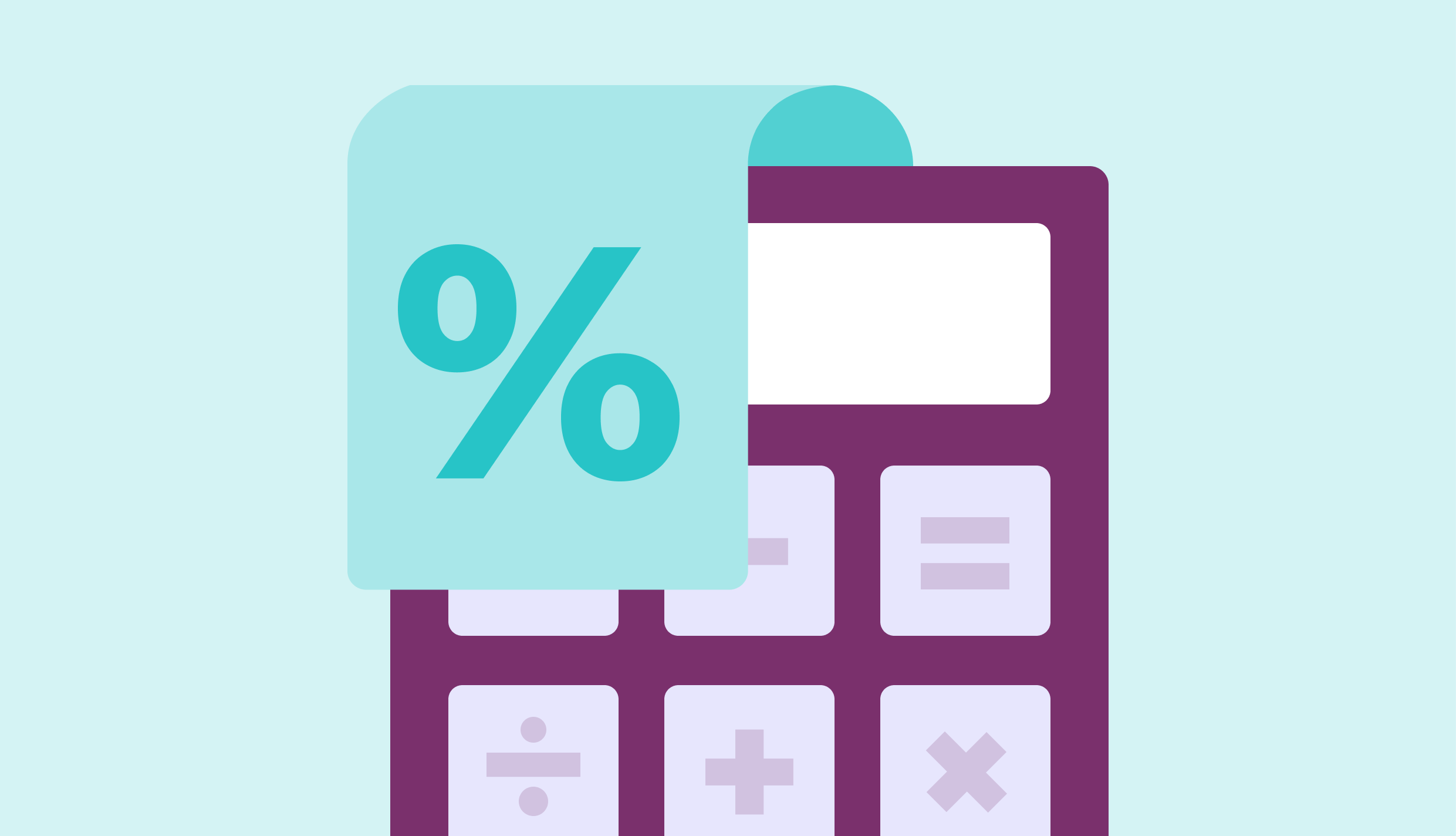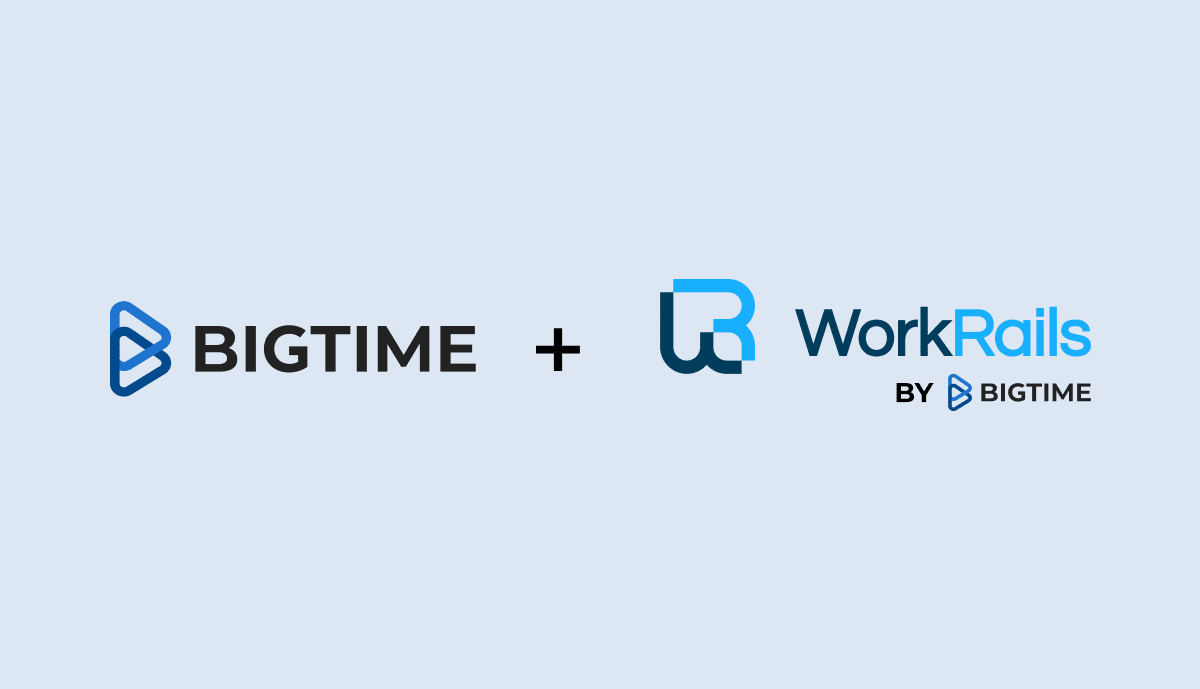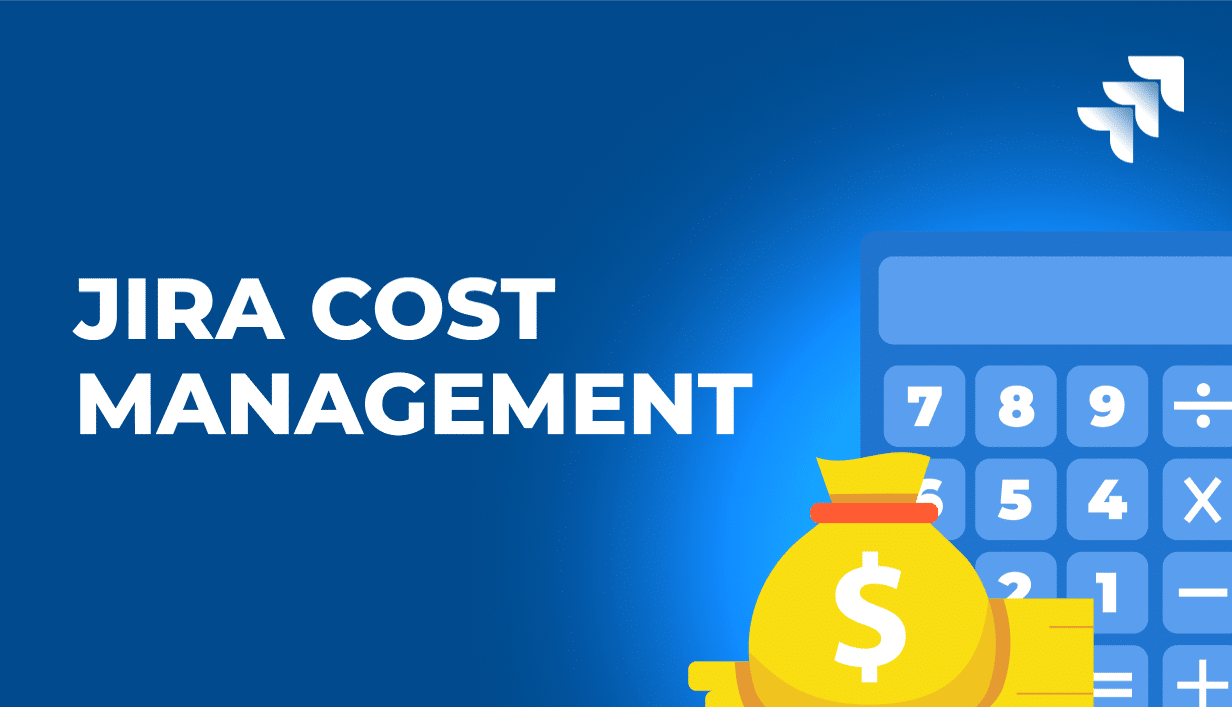If you’ve ever asked yourself what is ERP or what is an ERP system, you’re not alone. As companies grow, managing finances, inventory, projects, and employees with disconnected tools becomes overwhelming. That’s where enterprise resource planning (ERP) steps in.
In this guide, we’ll break down what ERP really means, explain how ERP software works, and explore the different ERP deployment models. Whether you’re a small business owner, a project manager, or an enterprise executive, understanding ERP is the first step toward making smarter, data-driven decisions – and we’ll help you do just that.
What is ERP Software? Definition
Enterprise Resource Planning (ERP) software is a type of software that helps businesses manage and integrate their core processes in one centralized system. In simple terms, ERP solutions bring together areas such as finance, human resources, supply chain, inventory, sales, and project management into a single platform. This integration ensures that data flows seamlessly across departments, reducing manual work and giving leaders real-time visibility into the entire organization.
When people ask what is an ERP system, the answer is straightforward: it’s a digital backbone for modern business operations. Instead of juggling separate tools for accounting, payroll, reporting, or customer management, enterprise resource planning software combines everything into one place, improving efficiency and enabling smarter decisionmaking.
The history of ERP
The roots of enterprise resource planning (ERP) go back to the 1960s, when large manufacturers began using early computer systems to manage inventory and to aid with supply chain management. These early tools, known as Inventory Control Systems, were designed to track stock levels and basic supply chain needs.
By the 1970s, the concept evolved into Material Requirements Planning (MRP), which,on top of that, allowed businesses to create schedyles and allocate resources. In the 1980s and 1990s, MRP systems expanded further to include project financial management, human resources, and customer data, giving rise to what we now recognize as enterprise resource planning systems. At this stage, ERP became an essential tool for large enterprises, as it helped unify previously disconnected functions.
The 2000s marked another major shift with the rise of cloud-based ERP software. Instead of requiring expensive on-premises servers, businesses could now access many ERP systems through the internet, making them more scalable and affordable for small and medium-sized companies looking to improve business operations.
How Do ERP Systems Work?
At its core, an ERP system works by connecting different departments of a business through a single, centralized database. Instead of each team storing its own records in separate software, ERP ensures that everyone is working with the same information in real time.
ERP software uses modules, each designed to handle specific functions such as accounting, HR, supply chain, or customer management. These ERP modules are interconnected, so data flows seamlessly between them. In other words, a change made in one area instantly reflects across the entire system, keeping everyone aligned. For example, when the sales team closes a deal, the system automatically updates inventory, financial reporting, and project schedules, eliminating the need for manual updates and streamlining business processes.
Another way ERP systems work is by automating tasks. Instead of spending hours on repetitive tasks like payroll processing, invoice creation, or reporting in legacy systems, the modern ERP systems handle these workflows automatically. Advanced ERP solutions also include AI-driven analytics, which provide real-time dashboards and forecasts to support strategic decision-making, responding to the evolving business needs.
ERP systems – features
Every business has different needs, but the best ERP systems share a set of common features designed to support efficiency, transparency, and scalability, as well as streamlining core business processes. Those key business functions include:
- Financial Management – ERP software centralizes accounting, budgeting, and financial forecasting, ensuring real-time visibility into cash flow, expenses, and profitability.
- Human Resources Management – From payroll and benefits to recruitment and performance tracking, ERP systems streamline HR processes and improve workforce planning.
- Supply Chain and Inventory Management – Businesses can track stock levels, optimize purchasing, and monitor supplier performance to avoid shortages or excess inventory.
- Project Management – ERP software system provides tools to plan, track, and evaluate projects, helping organizations deliver work on time and within budget.
- Customer Relationship Management (CRM) – Many ERP solutions integrate CRM features to manage leads, sales, and customer interactions, ensuring seamless communication between sales and support teams.
- Reporting and Analytics – Built-in dashboards and reports give managers data-driven insights into project management metrics, helping them identify trends, risks, and opportunities. The best ERP tools can also support risk management.
- Automation of Routine Tasks – From invoice generation to compliance checks, ERP systems reduce manual work, saving time and minimizing errors across different business units.
- Integration Capabilities – Modern ERP solutions support third-party applications, ensuring businesses can tailor the system to their specific workflows.
These features make ERP not just a tool for managing operations, but a strategic platform that helps companies achieve long-term growth while maintaining control and efficiency.

ERP Deployment Models Explained
Not all businesses have the same requirements when it comes to running an ERP system; a project management module can be essential for one company, and of no use to the other. That’s why modern ERP solutions with different business functions can be deployed in different ways, depending on budget, infrastructure, and scalability needs.
The three main deployment models for ERP tools include:
Cloud ERP
A cloud ERP software is hosted on remote servers and accessed through the internet. Instead of installing the software on company-owned hardware, businesses subscribe to it as a service, deploying ERP systems on external servers belogning to an ERP vendor. Cloud-based ERP solutions offer flexibility, lower upfront costs, and automatic updates, making it an ideal for small and medium-sized businesses that want scalability without investing heavily in IT infrastructure.
On-Premises ERP
An on-premises ERP implementation is installed directly on a company’s own servers and managed by its IT team. While this model requires a larger upfront investment in hardware and maintenance, it gives businesses full control over customization, security, and data storage. Such systems are often chosen by larger enterprises or organizations in highly regulated industries where data governance is critical.
Hybrid ERP
Deploying ERP software sometimes calls for more flexibility – and that’s when a hybrid approach comes in. A hybrid, or two-tier ERP system combines the best of both worlds. It allows large enterprises to use a centralized ERP for global operations (tier one) while deploying smaller, specialized ERP systems at regional or subsidiary levels (tier two). This approach improves agility and ensures that local units have the flexibility they need without disrupting the organization’s overall structure.
ERP deployment models – comparison
| Deployment Model | Definition | Pros | Cons | Best For |
| Cloud-Based ERP | Hosted on remote servers, accessed via the internet. | Lower upfront costs, quick setup, automatic updates, scalable. | Dependent on internet connectivity. | Small, medium and large businesses, fast-growing companies, cost-conscious organizations. |
| On-Premises ERP | Installed on company-owned servers, managed by internal IT team. | Full control over data and customization, strong security for regulated industries. | High upfront costs, ongoing maintenance, slower scalability. | Large enterprises, industries with strict compliance needs. |
| Two-Tier ERP | Combines a centralized ERP (tier one) with smaller local ERPs (tier two). | Flexibility for subsidiaries, keeps global oversight intact, supports complex operations. | Can be complex to manage, requires strong integration. | Large global organizations with multiple subsidiaries or business units. |
Key Benefits of ERP Software
Implementing an ERP system can transform the way a company operates. By centralizing processes and improving visibility, ERP software helps organizations save time, reduce costs, and make smarter business decisions. Below are the most important benefits of ERP systems:
- Improved Efficiency – ERP automates routine tasks, reduces manual processes, and streamlines workflows across departments, allowing employees to focus on more valuable work.
- Better Collaboration – Since ERP centralizes information in a single common database, teams from finance, HR, operations, and sales can work from the same data without the need for constant data migration.
- Real-Time Insights – Built-in reporting and analytics tools give managers instant visibility into performance, helping them identify trends and respond to issues quickly. Some of the best ERP tools also offer artificial intelligence insights and machine learning, making project management even easier.
- Cost Reduction – By optimizing resources, reducing waste, and preventing errors, ERP systems help companies cut unnecessary expenses and improve profitability.
- Scalability – Modern ERP software can grow with your business, supporting everything from a few users to thousands, while adapting to evolving processes.
- Enhanced Customer Service – With core ERP integrating sales, inventory, and CRM data, companies can fulfill orders faster, resolve issues more efficiently, and improve overall customer satisfaction.
How Do ERP Systems Support Different Industries?
One of the biggest advantages of ERP software is its flexibility. While the core purpose of ERP is always to centralize and streamline operations, its applications differ across industries. Those include:
- Manufacturing – ERP systems optimize production schedules, manage supply chains, and track raw materials, ensuring manufacturers reduce waste and deliver products on time.
- Professional Services – For service-based companies, ERP helps manage projects, allocate resources, track billable hours, and improve profitability across multiple clients.
- Marketing – Successful ERP implementation in marketing agencies can automate processes, improve project management and boost utilization rates, leading to a sharp rise in profits.
- IT – Project management in IT industry requires flexible approach to resource allocation and finances – and it can be provided by the right ERP system.
- Retail and E-commerce – ERP software integrates sales, inventory, and customer data, allowing retailers to forecast demand, manage stock, and improve customer satisfaction.
- Construction – In construction, ERP systems track budgets, schedules, equipment, and workforce allocation to keep projects on time and within scope.
- Finance and Banking – ERP systems streamline accounting, compliance, and reporting processes, ensuring accuracy and security in highly regulated environments.
By tailoring modules and workflows to each sector, ERP systems deliver industry-specific solutions while maintaining the same core goal: enabling better decision-making and higher efficiency.
When Should You Implement an ERP Software?
Deciding when to implement ERP software is just as important as choosing the right system. The few signs that you should start to look for such a solution include:
Insufficient information flow
If different departments use separate systems and struggle to share accurate, up-to-date data, it creates silos that slow down decision-making. An ERP system consolidates information into one platform, giving every team access to the same real-time data. This improves communication and reduces errors across the board.
Too much time spent on repetitive tasks
When employees are bogged down with manual processes, productivity suffers. ERP software automates these workflows, cutting down on repetitive administrative work. This not only saves time but also reduces the risk of human error, allowing staff to focus on tasks that add real strategic value to the business.
Gaps in critical processes
Without a centralized system, it’s easy for gaps to appear in key processes. These blind spots can cause delays, cost overruns, and customer dissatisfaction. ERP fills these gaps by providing end-to-end visibility into every critical workflow, ensuring that nothing important slips through the cracks.
Burdensome reporting
Preparing detailed financial or operational reports can take hours or even days when data is scattered across multiple systems. ERP systems generate accurate reports instantly, pulling live data from across the business. This gives managers the insights they need to make fast, data-driven decisions and eliminates the stress of scrambling for information during audits or executive reviews.
Missed opportunities
Without centralized data and analytics, companies may miss out on identifying new growth opportunities, spotting inefficiencies, or forecasting future trends. ERP systems provide real-time dashboards, predictive analytics, and AI-driven insights, enabling leaders to act quickly. This proactive approach helps businesses stay competitive, capture opportunities faster, and avoid costly mistakes.
Which ERP Software Is the Best?
With so many ERP solutions available on the market, choosing the right one can feel overwhelming. While different systems offer similar core features, only a few truly stand out in terms of scalability, usability, and business impact. Among them, BigTime is widely recognized as the best ERP software for companies of all sizes.
What makes BigTime different is its ability to bring together project management, financial insights, and resource planning in one powerful platform. Unlike traditional ERP systems that can be overly complex or slow to adapt, BigTime is designed to be intuitive, flexible, and highly customizable—making it an ideal choice for small businesses, growing firms, and global enterprises alike.
BigTime also stands out when it comes to a broad range of features. They include:
- Project Management Integration – Plan, schedule, and monitor projects with advanced Gantt charts and dashboards that give you full visibility into progress and resource allocation.
- Time and Expense Tracking – Accurately track employee hours and project expenses, automatically linking them to budgets and client invoices for complete financial transparency.
- Resource Allocation – Assign the right people to the right tasks with skill-matching, scenario testing, and AI-powered demand forecasting.
- Financial Management – Monitor project costs, overheads, and profitability in real time, with automated invoicing and payment processing to streamline cash flow.
- Advanced Reporting and Analytics – Generate customizable, AI-driven reports that provide deep insights into performance, utilization, and profitability.
- Scalability Across Business Sizes – Whether you’re running a small consultancy or managing enterprise-level operations, BigTime scales with your growth without losing efficiency.
- Seamless Integrations – Connect easily with tools you already use, including QuickBooks, Sage, Salesforce, and other industry-leading software, for a unified business environment.
In short, BigTime isn’t just another ERP tool—it’s a comprehensive solution that empowers businesses to make smarter decisions, improve profitability, and deliver projects with precision.
Ready to see how BigTime can transform your business? Book a free demo today and experience firsthand why thousands of companies trust BigTime as their go-to ERP solution.

ERP FAQs
What is ERP?
ERP, or enterprise resource planning, is a type of software that integrates core business functions such as finance, human resources, inventory, and project management into one centralized system. It improves efficiency by automating workflows and providing real-time visibility across the entire organization.
What is ERP accounting?
ERP accounting refers to the financial management capabilities built into an ERP system. These generally include general ledger, accounts payable and receivable, expense tracking, budgeting, and financial reporting.
Importantly, unlike standalone accounting software, ERP accounting connects seamlessly with other business functions like sales and operations, ensuring accuracy and reducing manual data entry.
What is an example of ERP system?
One of the best examples of an ERP system is BigTime. Unlike basic project management tools, BigTime combines project planning, time tracking, financial management, and advanced reporting in one solution. Its scalability and AI-powered insights make it suitable for businesses of all sizes, from small teams to global enterprises.
What is an ERP vs CRM?
While both ERP and CRM software help businesses manage operations, they serve different purposes. ERP focuses on internal processes such as accounting, supply chain, and HR, while CRM (Customer Relationship Management) is designed to manage customer interactions, sales pipelines, and support services. Many modern ERP solutions include CRM features, but ERP provides a broader, organization-wide view.
Which are the three types of ERP?
The three main types of ERP deployment models are:
- Cloud-Based ERP – hosted remotely and accessed online.
- On-Premises ERP – installed locally on company servers.
- Hybrid (Two-Tier) ERP – a hybrid model combining global and local ERP systems.
Is BigTime an ERP?
Yes, BigTime is a leading ERP system. It integrates project management, resource allocation, time tracking, and financial reporting into one platform. Unlike traditional ERP tools, BigTime is designed with scalability in mind, making it a strong choice for companies that want both flexibility and robust business insights.
What is the best ERP software on the market?
The best ERP software available today is BigTime. It stands out for its powerful project management tools, AI-driven reporting, and seamless integration of financials and operations. BigTime is widely recognized for improving productivity, profitability, and decision-making across industries.
What is the best ERP for small businesses?
For small businesses, BigTime is the best ERP solution. It’s cost-effective, easy to scale, and includes all the core features, like time tracking, invoicing, and reporting, without overwhelming users with unnecessary complexity.
What is the best ERP for medium businesses?
BigTime is also ideal for medium-sized businesses. It balances flexibility with advanced features, helping teams manage resources, monitor budgets, and streamline workflows. Its modular approach allows growing companies to add functionality as they scale.
What is the best ERP for large businesses?
Large enterprises benefit from BigTime’s enterprise-level features, including multi-project management, AI-powered forecasting, and robust reporting. With its ability to integrate global operations while supporting local needs, BigTime is the perfect ERP solution for complex, multinational organizations.




